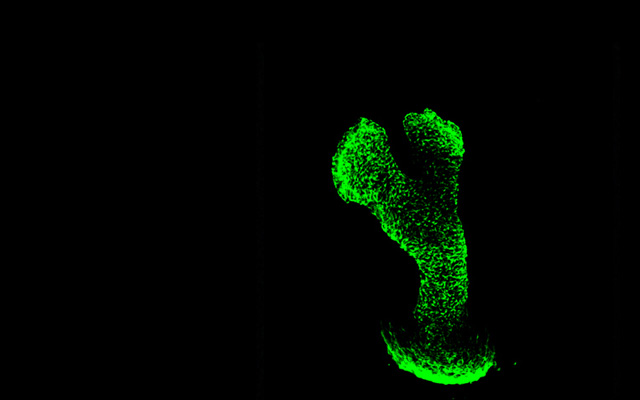A Nomogram Prediction Model of Postherpetic Neuralgia Constructed Based on Th1/Th2/Th17 Cell Balance and Inflammatory Factors
ZHENG Ji, ZENG Hui, OUYANG Fei, JIAO Liang*
This paper explores the construction of Nomogram prediction model for PHN (postherpetic neu ralgia) based on Th1/Th2/Th17 cell balance and inflammatory factors. 140 patients with HZ (herpes zoster) admit ted to Suining Central Hospital (January 2021—April 2023) were retrospectively selected as the training set, and according to whether patients had PHN, the patients in the training set were categorized into the PHN group (n=43) and the non-PHN group (n=97). Univariate and multivariate logistic regression were used to obtain independent risk factors, and predictive models were constructed and validated. The predictive efficacy of the models was as sessed by plotting risk Nomogram, ROC (receiver operating characteristic), calibration curves and DCA (decision curve analysis). Another 60 HZ patients admitted to Suining Central Hospital (May 2023—June 2024) were se lected as the test set and the predictive efficacy of the model was externally validated. In the study, the incidence of PHN in HZ patients was 30.71% (43/140). The results of univariate analysis showed that age, and the level of Th1, Th2, Th17, CRP (C-reactive protein), and Neu (neutrophil count) were the influencing factors for PHN oc currence in HZ patients (all P<0.05). The results of multifactorial logistic regression analysis showed that age, the level of Th1, Th2, Th17, CRP, and Neu were all independent risk factors for PHN occurrence in HZ patients (all P<0.05). The area under the ROC curve of the prediction model constructed based on the independent risk factors was 0.968 (95% CI: 0.942-0.994), with a maximum Yoden index of 0.832, sensitivity of 0.884, specificity of 0.948, and good differentiation; the overall trend of the calibration curve of the model in the training set was close to the ideal curve, and the MAE (mean absolute error) of 0.020 suggested good calibration performance; the DCA could assess the clinical benefit of the Nomogram prediction model for PHN occurrence in HZ patients, and the prediction model demonstrated high net clinical benefit across a threshold probability range of 0.00-0.95; the Hosmer-Lemeshow test showed good model fit for the Nomogram (χ2=3.340, P=0.911, P>0.05). The results of the test set showed that the area under the ROC curve of the model was 0.979 (95% CI: 0.952-1.000), the maximum Yoden index was 0.874, the sensitivity was 0.947, the specificity was 0.927, and the discriminatory de gree was good. The overall trend of the calibration curve of the model was close to the ideal curve, and the MAE was 0.036, which was good for the overall calibration performance; and the DCA could assess the clinical benefit of the Nomogram prediction model for PHN occurrence in HZ patients, and the prediction model demonstrated high net clinical benefit across a threshold probability range of 0.00-1.00; the Hosmer-Lemeshow test showed good model fit for the Nomogram (χ2=0.824, P=0.999, P>0.05). This study establishes a multivariable model in corporating age, Th1/Th2/Th17 imbalance, CRP and neutrophils as PHN predictors, offering clinically actionable insights for early prevention.




 CN
CN EN
EN